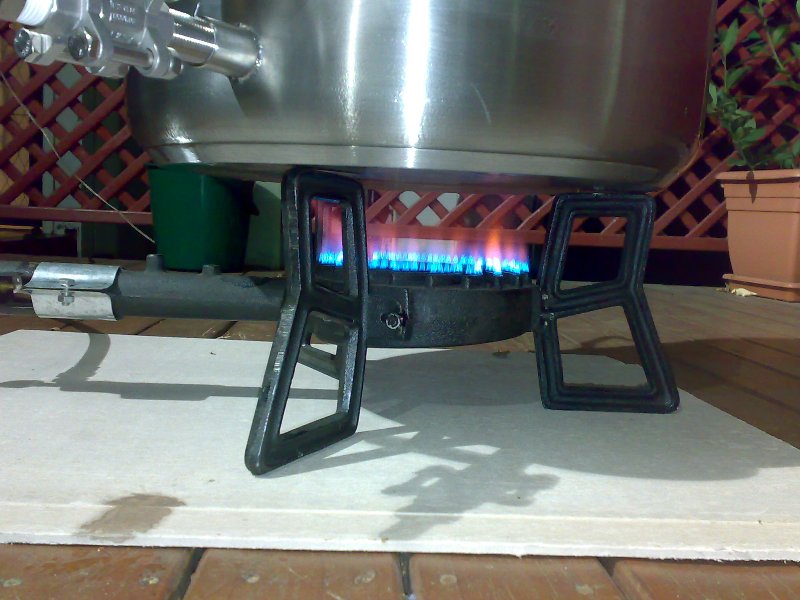FLASH BACK AND FLAME ARRESTORS
A flash back arrestor is a safety device that shuts off gas flow in event of flash back. Flashback is the combustion of a flame mixture that can occur within your gas management system. This can travel back through the line of your gas management system to you gas source if a flash back arrestors is not in line. A flash back arrestor shuts off gas flow and extinguishes the flame before it can reach your gas source. Several factors can cause flash back, including failing to purge line properly, using improper pressure, leaks in your gas management system and improper system operation. We recommend using a flash back arrestor on your fuel line as well as the oxygen line.
Classification of Flash Back Arrestors
Broadly the Interruption Methods can classify the Flashback Arrestors into two types:
Many methods to stop flashbacks have been devised. "Active" methods require maintenance of certain parameters, such as liquid level or gas velocity. "Passive" methods require only routine inspection and typically have no moving parts or instrument requirements.
Venture type flashback Arrestors (active)
Venture flashback arrestors simply create a restriction in the hydrocarbon/air mixture delivery pipe so that the gas velocity is faster than the flame speed, preventing progression of a flashback upstream. Flashbacks in the direction of flow can still happen. Even a partly closed valve can create a high velocity for flashback prevention, but a venture shape creates much lower pressure drop. If gas flow stops, the venture is no longer effective, so methods to measure flow and add makeup gas (nitrogen, for instance) are often included.
Online flame arrestors (passive) (most commonly used)
Mechanical flame arrestors are filled with metal or ceramic, which absorbs heat from a flashback, quenching it to a temperature below what is needed for ignition. This stops the flame. With a low enough hydrocarbon/air mixture flow rate, if a flame travels to the face of the arrestor, it can become stable at that point. Heating of the arrestor body and internals results. Once the arrestor temperatures increase enough, ignition temperature can be reached on the upstream side of the arrestor and the flashback can proceed. For this reason, a temperature switch is often installed on the flame side of each arrestor (adding an "active" element).
Causes of a Flash Back
Hot refractory
If the refractory lining a burner or furnace is hot enough to bring the hydrocarbon/air mixture to the auto ignition temperature, rapid combustion will start. Heat transfer from the hot surface depends on gas velocity and turbulence, explaining why "swirl, type burners often seems more stable than more linear types.
Flame
Flames from pilot burners are the typical means of initiating combustion of a hydrocarbon/air mixture. Nozzle mix burners (where the fuel mixes with the combustion air within the furnace) have zones that are too lean or too rich for combustion, so the pilot flame must be positioned to heat a volume of well mixed gas. Large pilot flames can overcome poor positioning of the pilot tip.
Sparks
Sparks are used to ignite pilot burners and also main burners in some cases. Occasionally small sparks (static electricity) are capable of initiating combustion, but the extra energy in a large spark helps insure light off. Undesired sparks, such as those resulting from debris moving through steel ducting or fans, can initiate combustion and require careful design to avoid.
Dust -
Dust or very fine debris are generated while welding or cutting and this dust when in contact with the nozzle causes a blockage resulting a loud sound puut and the flame due to the pressurization results in the flame to fold back into the nozzle.
Why should one use Flashback Arrestors?
The reason for using a protective device such as a Flash Back Arrestor on a fuel gas line or even on a cylinder are
1) Safety of property and human lives
2) The flashback occurs under various conditions.
3) The flashback occurs inside the pipeline or vessels.
4) The flame moves through a vessel or pipe.
5) The flame velocity increases as it moves through these pipe or vessels, and if the pipe is long enough the velocity can increase to detonation levels, which are supersonic
Where should a Flashback Arrestor be placed?
The flashback arrestor should be placed at the closest point to the flame, if due to un-avoidable circumstances the Arrestor can not be places close to the cutting nozzle or the flame then it should be placed of the main pipe line, and also on the fuel gas bank, vessel, cylinder.
How does a flashback Arrestor works?
Flashback arrestor is a simple devise, which quenches the flame using the following methods
a) By reducing the velocity of the flame, reducing the flame velocity even lower than the minimum flame velocity of the fuel gas
B) Stops the flame propagation into or through a pipe. By placing a flame arrestor at the end of the flammable mixture pipe feeding a flare or burner, flame can be prevented from moving into the pipe regardless of the mixture velocity.
c) By passing a potentially flammable mixture through a water chamber or some sort of heat sink. This dissipates the heat and quenches the flashback.
d) By blocking the fuel gas path, with a suitable thermal fuse plug, casing the flashback to die out.
e) By blocking the flow of fuel gas in the opposite direction by acting like a non return valve.
Like this
http://tinyurl.com/3zl2ys
No affiliation blar blar
Find them in Bunnies even
Batz
No range at all.






